Working SaaS Upselling Techniques: How To Do It Right in 2021?
Working SaaS Upselling Techniques: How To Do It Right in 2021?
Prologue to SaaS upsell
Three months ago when you had only 600 subscribers, you chose a pricing plan that allowed you to send emails to a maximum of 2,000 users. Now when the number of your subscribers exceeds 1,980, you got an email from your email automation software provider (that’s a vivid example of SaaS upselling): “Hello, [name]. We noticed you are reaching 2.000 subscribers and wanted to congratulate you.
Arousing interest in more and more visitors with your content is an accomplishment, isn’t it? More subscribers = more interaction and we would like you to window-shop at our Gold plan. With that plan you can communicate with up to 10.000 subscribers. Want to check out all the features? Find them in the link below and let us know should you need any kind of assistance. Looking forward to your next accomplishment! Cheers, [team member name]” 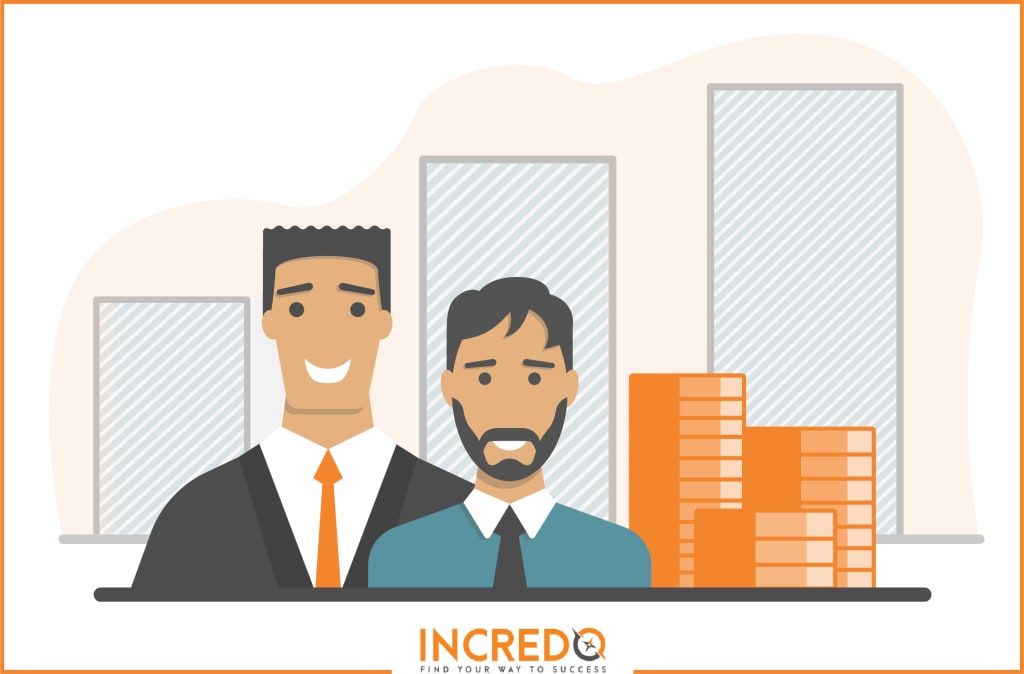 Does this email sound natural, logical and relevant? Of course! You are tracking your customer’s activities and once he’s successful, you make a genuine offer. Good for your customer (upgrading his plan becomes a necessity because of the large number of subscribers), good for you. Higher pricing plan will drive more revenue and you’ll increase your ROI with a simple email, not paid campaigns. So which are the best upselling strategies in SaaS business model? How to identify and avoid tactical SaaS upsell mistakes and how to generate higher ROI from your existing customer with one simple message? You are in the right place to know all the answers and adjust them to your SaaS growth strategy. Let’s get started…
Does this email sound natural, logical and relevant? Of course! You are tracking your customer’s activities and once he’s successful, you make a genuine offer. Good for your customer (upgrading his plan becomes a necessity because of the large number of subscribers), good for you. Higher pricing plan will drive more revenue and you’ll increase your ROI with a simple email, not paid campaigns. So which are the best upselling strategies in SaaS business model? How to identify and avoid tactical SaaS upsell mistakes and how to generate higher ROI from your existing customer with one simple message? You are in the right place to know all the answers and adjust them to your SaaS growth strategy. Let’s get started…
Upselling and cross-selling: What’s in for your SaaS?
 These two terms are often used interchangeably (which is not correct) and create confusion among people. Let’s finally find out what’s the difference and focus on the most rewarding SaaS upselling techniques. The email written above was an example of the upselling technique. A customer already uses your plan A, but you offer him to pay for plan B. Why? Because you think he will benefit from plan B even more and make a larger payment. While you get a more “expensive” customer without sacrificing dollars. If we sum up, upselling is a sales practice that encourages customers to prefer the upgraded version of the product and pay more. While upselling is offering higher-end of the same product, cross-selling is offering something to complement the product. For example, an email marketing tool can cross-sell its pop up tool as a way to collect email addresses. You may come up with definitions that consider offering additional products as a part of upsell strategy. But since we shed light on the definitions of our two terms, you won’t confuse them anymore. And let’s move on to the next section where we will discuss the advantages of SaaS upsell.
These two terms are often used interchangeably (which is not correct) and create confusion among people. Let’s finally find out what’s the difference and focus on the most rewarding SaaS upselling techniques. The email written above was an example of the upselling technique. A customer already uses your plan A, but you offer him to pay for plan B. Why? Because you think he will benefit from plan B even more and make a larger payment. While you get a more “expensive” customer without sacrificing dollars. If we sum up, upselling is a sales practice that encourages customers to prefer the upgraded version of the product and pay more. While upselling is offering higher-end of the same product, cross-selling is offering something to complement the product. For example, an email marketing tool can cross-sell its pop up tool as a way to collect email addresses. You may come up with definitions that consider offering additional products as a part of upsell strategy. But since we shed light on the definitions of our two terms, you won’t confuse them anymore. And let’s move on to the next section where we will discuss the advantages of SaaS upsell.
Free Download How To Use Social Media To Increase Your SaaS Company’s Sales
-Why should I upsell my customers? -Here are the reasons!
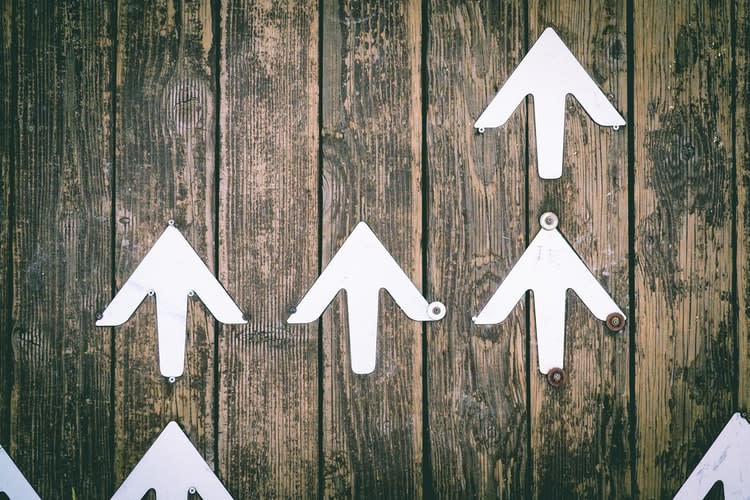 What makes any SaaS business stand on its own two feet? Yeah, revenue. Recurring revenue. Customers that stay committed to your company for years! And there are 3 sources that contribute to your SaaS revenue growth:
What makes any SaaS business stand on its own two feet? Yeah, revenue. Recurring revenue. Customers that stay committed to your company for years! And there are 3 sources that contribute to your SaaS revenue growth:
- Finding new customers (as a rule, quite expensive but you can’t ignore it)
- Retaining your customers (requires a high level of commitment, trust, and service quality)
- Upselling your customers (requires an even higher level of the above-mentioned elements)
Let’s analyze all 3 scenarios right now. #1 You spend $200 to acquire your SaaS customer, he works with you for 6 months, bringing you barely $450-500 as a whole. And you don’t see any tangible profit. And the same cycle resumes again. Your customer lifetime value will not make you that happy. #2 You offer discounts, referral programs to your existing customers or make other investments so they don’t churn. They keep on spending the same amount of money for a long time, their lifetime value increases and you have stable revenue. #3 You offer your customers an upgrade to a higher plan. So not only do they continue using your services but start paying more, getting more value and increasing your net profit drastically. Well, mathematical truth implies that the 3rd scenario is what you’d like to come true! If that’s not enough, let’s look at the following points: #1 The probability of selling to an existing customer is 60-70%, while to a potential customer is 5-20% (source). #2 If a customer agrees to go for an upgraded plan, he is less likely to churn. Upsell increases customer LTV. #3 If you are able to increase your retention rate by 5%, you can increase your profits by almost 25-95% (source). #4 As companies grow, 80% of their revenue comes from 20% of their existing customers (source). #5 Upselling requires less marketing tactics and is more effective because your existing customers already know your company. So no need to boast about your product, just focus on your upsell technique and have a convincing conversation.
-Which are the common mistakes companies make in SaaS upselling? -Here are some of them.
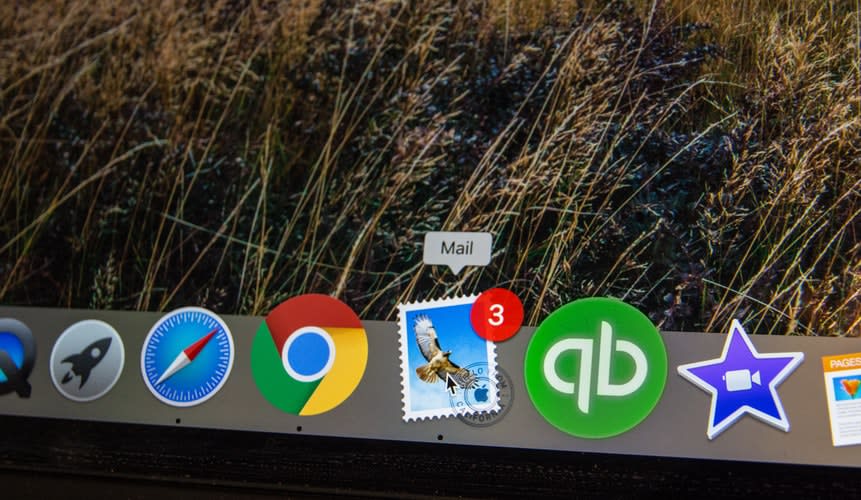 #1 Trying to upsell an angry customer How do you know whether a customer is pleased with your services or not? That’s why customer feedback surveys exist. You should run an NPS (Net Promoter Score) survey and find out. If someone rates your company below 6 out of 10, something goes wrong in your relations. First, you should eliminate unsolved issues, win a customer’s heart back and then pour energy into making an upsell. Note that “leaving” customer is not always the “angry customer”. Nichole Elizabeth Demeré, a B2B SaaS consultant has a little secret for you:
#1 Trying to upsell an angry customer How do you know whether a customer is pleased with your services or not? That’s why customer feedback surveys exist. You should run an NPS (Net Promoter Score) survey and find out. If someone rates your company below 6 out of 10, something goes wrong in your relations. First, you should eliminate unsolved issues, win a customer’s heart back and then pour energy into making an upsell. Note that “leaving” customer is not always the “angry customer”. Nichole Elizabeth Demeré, a B2B SaaS consultant has a little secret for you: “Customer offboarding can actually be a big opportunity. Not just to win customers back, but to upsell them into services that better fit their needs. Customers leave when their needs aren’t being met. If you ask them ‘Why didn’t this work for you?’ and can offer a solution with an upsell that will make the customer successful, it’s a natural suggestion. And benefits everyone.” #2 Offering a plan with a large price difference Say your customer currently uses your startup plan and you see him doing really well. But you decide that instead of offering your plan for growing teams, you want to make even more money and ask them to consider your plan for large teams. And your latter plan is the tenfold price of the plan your customer is using right now. A customer who pays $19 monthly will likely want a more advanced plan with a $50 monthly subscription fee. But $190 is something they probably won’t be able to afford. #3 Calling your plans “good” and “better” If you tell your customer that his current plan is worse than the one you want to sell him now, what kind of reaction do you anticipate? Doesn’t all this imply that once they were deceived and were directed to buy a poorly designed subscription plan? Instead, you should emphasize that the comparison refers to the available features and access to more advanced services. And a higher plan is just designed for bigger needs. Plans are not good or bad, they are simple or advanced… or something in the middle. #4 Insisting too much “No” is also an answer. And if your customer gives a negative reaction for this or that reason, don’t cross the boundaries. Because while chasing a more expensive sale, you may end up losing a customer and regret contributing to your customer churn increase. If they are ok with using their current plan, let them enjoy their investment. Depending on what type of customer he/she is, you can make another upselling attempt later. With more sound reasons or just make upgrade option visible before their eyes (on their account page or login page). #5 Suggesting too many options We don’t know how many pricing plans are available for your users or what additional features are included in your pricing plans. But we know another thing – the more options, the harder decision. And this rule applies to almost all situations in life. Don’t offer everything to everyone to show how great you are. Make your upselling recommendations based on your customer’s success, business size, and overall business objectives. #6 Not being persuasive To upsell means to sell, no matter if a customer has once already been sold. This is a brand new opportunity and requires a fresh approach. Of course, your chances of succeeding are big but don’t forget to focus on the main things – what the customer doesn’t have now and what changes will occur if he obtains them. #7 Being afraid Yes, fear is a mistake because this feeling not only holds you back from initiating a SaaS upsell but bothers you throughout your whole journey. Fear doesn’t let you talk persuasively and communicating the right message. If you can’t overcome your fear, that’s because you are unsure about the benefits of your software. Lose your fear because we are convinced – your SaaS is just incredible! Now Nikola Baldikov, Digital Marketing Manager at Brosix, wants to share his approach to SaaS upsell and how their company deals with this technique:
“Customer offboarding can actually be a big opportunity. Not just to win customers back, but to upsell them into services that better fit their needs. Customers leave when their needs aren’t being met. If you ask them ‘Why didn’t this work for you?’ and can offer a solution with an upsell that will make the customer successful, it’s a natural suggestion. And benefits everyone.” #2 Offering a plan with a large price difference Say your customer currently uses your startup plan and you see him doing really well. But you decide that instead of offering your plan for growing teams, you want to make even more money and ask them to consider your plan for large teams. And your latter plan is the tenfold price of the plan your customer is using right now. A customer who pays $19 monthly will likely want a more advanced plan with a $50 monthly subscription fee. But $190 is something they probably won’t be able to afford. #3 Calling your plans “good” and “better” If you tell your customer that his current plan is worse than the one you want to sell him now, what kind of reaction do you anticipate? Doesn’t all this imply that once they were deceived and were directed to buy a poorly designed subscription plan? Instead, you should emphasize that the comparison refers to the available features and access to more advanced services. And a higher plan is just designed for bigger needs. Plans are not good or bad, they are simple or advanced… or something in the middle. #4 Insisting too much “No” is also an answer. And if your customer gives a negative reaction for this or that reason, don’t cross the boundaries. Because while chasing a more expensive sale, you may end up losing a customer and regret contributing to your customer churn increase. If they are ok with using their current plan, let them enjoy their investment. Depending on what type of customer he/she is, you can make another upselling attempt later. With more sound reasons or just make upgrade option visible before their eyes (on their account page or login page). #5 Suggesting too many options We don’t know how many pricing plans are available for your users or what additional features are included in your pricing plans. But we know another thing – the more options, the harder decision. And this rule applies to almost all situations in life. Don’t offer everything to everyone to show how great you are. Make your upselling recommendations based on your customer’s success, business size, and overall business objectives. #6 Not being persuasive To upsell means to sell, no matter if a customer has once already been sold. This is a brand new opportunity and requires a fresh approach. Of course, your chances of succeeding are big but don’t forget to focus on the main things – what the customer doesn’t have now and what changes will occur if he obtains them. #7 Being afraid Yes, fear is a mistake because this feeling not only holds you back from initiating a SaaS upsell but bothers you throughout your whole journey. Fear doesn’t let you talk persuasively and communicating the right message. If you can’t overcome your fear, that’s because you are unsure about the benefits of your software. Lose your fear because we are convinced – your SaaS is just incredible! Now Nikola Baldikov, Digital Marketing Manager at Brosix, wants to share his approach to SaaS upsell and how their company deals with this technique: “It’s really important to make sure that what you are trying to achieve is not directly obvious for the customer. In the case of SaaS, you can kindly suggest your clients to get the more expensive plan with a discount or 1 month for free. Our company, for instance, upsells through email. We craft the emails after having a brainstorming session with the Content team. We have noticed that usually the most effective time of the year is during a special occasion such as the company’s anniversary, a big celebration day or before your prices go up. There is not one right strategy to upsell. You have to know your customers and be willing to spend some time experimenting. This is just one example of how we do it.”
“It’s really important to make sure that what you are trying to achieve is not directly obvious for the customer. In the case of SaaS, you can kindly suggest your clients to get the more expensive plan with a discount or 1 month for free. Our company, for instance, upsells through email. We craft the emails after having a brainstorming session with the Content team. We have noticed that usually the most effective time of the year is during a special occasion such as the company’s anniversary, a big celebration day or before your prices go up. There is not one right strategy to upsell. You have to know your customers and be willing to spend some time experimenting. This is just one example of how we do it.”
-How should I upsell my customer not to fail in my attempts? -We will show you how!
#1 Let your pricing plans initiate your SaaS upsell Let’s look at 3 SaaS examples – Workzone (project management software), ConvertKit (email marketing software), and ActiveCampaign (marketing automation software). When a customer uses Workzone’s Team plan and reaches 1000GB storage limit, it will be extremely genuine to suggest to him the Professional plan because otherwise the customer will be forced to delete files or avoid adding new ones. When a customer uses ConvertKit’s 1st plan and nearly reaches 1K subscribers, why not remind him of the 2nd plan with which he can send emails to 3K subscribers?
When a customer uses ConvertKit’s 1st plan and nearly reaches 1K subscribers, why not remind him of the 2nd plan with which he can send emails to 3K subscribers?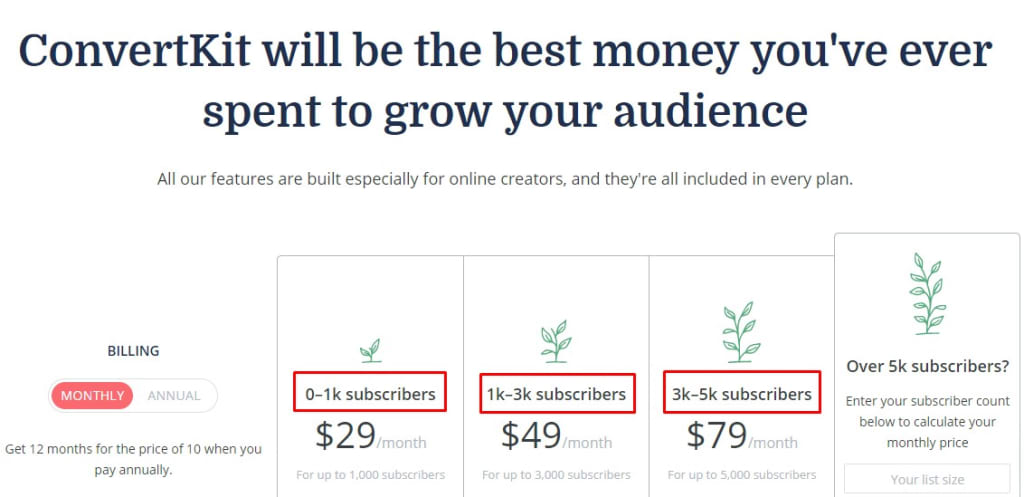 And finally, when a customer uses ActiveCampaign and adds the 3rd user to his Lite plan, isn’t it worth to mention about the Plus plan that gives access to up to 25 users?
And finally, when a customer uses ActiveCampaign and adds the 3rd user to his Lite plan, isn’t it worth to mention about the Plus plan that gives access to up to 25 users?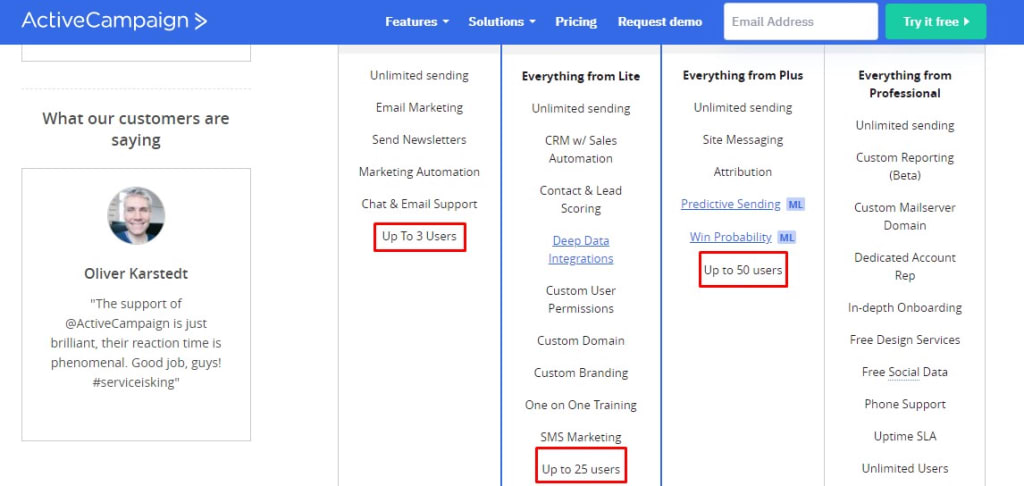 Take advantage of the scalability of your software. If your A plan subscribers reach a limit (number of users, contacts, storage, projects), that’s a chance to chat with them about upselling without being artificial. #2 Leverage integrations People love convenience. People will appreciate when they can combine 2 online tools and have the same data in one place automatically. And you can add integrations to your higher plans regardless of what type of tool you provide. Here again, we have examples – Zoho Books (accounting software) and SEMrush (online visibility management platform). For example, Zoho Books enables Twillo integration only in the case of Standard and Professional plans.
Take advantage of the scalability of your software. If your A plan subscribers reach a limit (number of users, contacts, storage, projects), that’s a chance to chat with them about upselling without being artificial. #2 Leverage integrations People love convenience. People will appreciate when they can combine 2 online tools and have the same data in one place automatically. And you can add integrations to your higher plans regardless of what type of tool you provide. Here again, we have examples – Zoho Books (accounting software) and SEMrush (online visibility management platform). For example, Zoho Books enables Twillo integration only in the case of Standard and Professional plans. Or SEMrush makes Google Data Studio available only if you are a Business plan subscriber.
Or SEMrush makes Google Data Studio available only if you are a Business plan subscriber.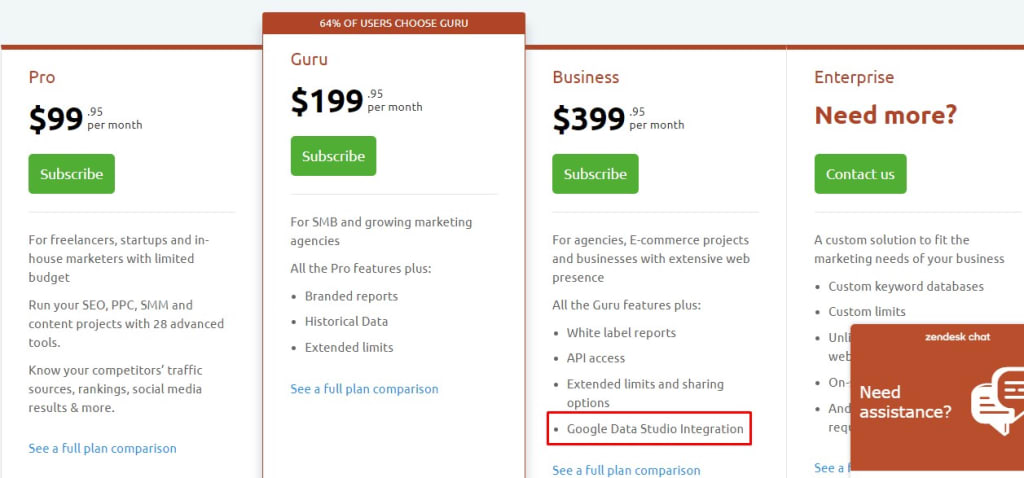 You can use integration as a trump card for almost any kind of software, from social media management to email marketing. You can suggest your customers not to miss the chance of integrating 2 software and upgrade their current plan. #3 Keep your upselling offer visible When a customer logs in to his account, always have that Upgrade to X plan CTA at the top of their page. Here’s where self-service upselling begins. A customer upgrades his plan with minimal or 0 interaction with you, just by following simple upgrading steps. But don’t think that the existence of self-service option “saves” you from writing an additional message (or mentioning about possible upgrade during a phone call). Absolutely not. Make upgrade available at any time through their account and initiate a personalized message later when you find the right moment has already arrived. #4 Optimize your landing page Here’s what we mean. Say your customer clicks on your Upgrade to X plan CTA from his account. Where does he appear? Will he be able to see all the features and compare his existing plan with the more advanced one? Did you include inspiring and promising CTA? Is your design smart and professional? These are questions you should care about. #5 Use email or in-app messages for communication When you are all set to send that upsell offer to your customer, here’s the last one question. How to get in touch with them? Actually, it’s hard to say which is more preferable because both can be used for the same purpose. The most important part – use personalization, highlight the benefits, and don’t forget about spicing your content with emotions. #6 Capture the right moment There are two approaches to upsell. Some argue that when the deal isn’t yet closed, you can voice about going higher and recommending a more expensive plan. Others mention that it’s a no brainer to talk about upselling if the deal isn’t closed and the customer hasn’t experienced your product yet. To be honest, when you negotiate on a free trial or freemium to paid conversion, that’s another situation. When a customer is already “yours”, that’s when you can talk about upselling. So once a customer is already closed, don’t wait too long but don’t “attack” your customer immediately either. When to initiate a conversation? Read below. #7 Take advantage of memories and accomplishments Here are some great ideas on when exactly you can send your upselling offer. Maybe when your customer completes X number of tasks (accomplishment), works with you for already X weeks (remind them about the day you started working together and how useful your software has been during these weeks) or once you add new features to your higher plan (your team’s accomplishment). We are so excited you stayed with us till the end. Before you download our free resource below, let’s see what interesting technique Rajiv Nathan, Founder at Startup Hypeman wants to share with you:
You can use integration as a trump card for almost any kind of software, from social media management to email marketing. You can suggest your customers not to miss the chance of integrating 2 software and upgrade their current plan. #3 Keep your upselling offer visible When a customer logs in to his account, always have that Upgrade to X plan CTA at the top of their page. Here’s where self-service upselling begins. A customer upgrades his plan with minimal or 0 interaction with you, just by following simple upgrading steps. But don’t think that the existence of self-service option “saves” you from writing an additional message (or mentioning about possible upgrade during a phone call). Absolutely not. Make upgrade available at any time through their account and initiate a personalized message later when you find the right moment has already arrived. #4 Optimize your landing page Here’s what we mean. Say your customer clicks on your Upgrade to X plan CTA from his account. Where does he appear? Will he be able to see all the features and compare his existing plan with the more advanced one? Did you include inspiring and promising CTA? Is your design smart and professional? These are questions you should care about. #5 Use email or in-app messages for communication When you are all set to send that upsell offer to your customer, here’s the last one question. How to get in touch with them? Actually, it’s hard to say which is more preferable because both can be used for the same purpose. The most important part – use personalization, highlight the benefits, and don’t forget about spicing your content with emotions. #6 Capture the right moment There are two approaches to upsell. Some argue that when the deal isn’t yet closed, you can voice about going higher and recommending a more expensive plan. Others mention that it’s a no brainer to talk about upselling if the deal isn’t closed and the customer hasn’t experienced your product yet. To be honest, when you negotiate on a free trial or freemium to paid conversion, that’s another situation. When a customer is already “yours”, that’s when you can talk about upselling. So once a customer is already closed, don’t wait too long but don’t “attack” your customer immediately either. When to initiate a conversation? Read below. #7 Take advantage of memories and accomplishments Here are some great ideas on when exactly you can send your upselling offer. Maybe when your customer completes X number of tasks (accomplishment), works with you for already X weeks (remind them about the day you started working together and how useful your software has been during these weeks) or once you add new features to your higher plan (your team’s accomplishment). We are so excited you stayed with us till the end. Before you download our free resource below, let’s see what interesting technique Rajiv Nathan, Founder at Startup Hypeman wants to share with you: “A great way to potentially upsell while also addressing churn is leveraging what I call the Chef-To-Table technique. Have you ever had an experience at a nice restaurant where the chef or manager comes to the table to ask how your meal is? They pour a little more wine into your glass, they address any issues you might have and sometimes you order something more. And it’s such a memorable experience that you’re talking about it for the next 5 minutes. “Wow, I can’t believe. The CHEF came to see us!” You can be that chef for your SaaS. The CEO or someone in executive leadership calls the customer simply to ask 3 questions: How are you liking the product? Is there anything you’re confused about? Is there anything else we can do for you? They will be so impressed an executive is checking in with them that you’ll increase your favorability. At the same time, if there’s anything they are confused about, you can address it right there to help prevent churn later on. And it opens the door for potential upsells as they share their thoughts with you.”
“A great way to potentially upsell while also addressing churn is leveraging what I call the Chef-To-Table technique. Have you ever had an experience at a nice restaurant where the chef or manager comes to the table to ask how your meal is? They pour a little more wine into your glass, they address any issues you might have and sometimes you order something more. And it’s such a memorable experience that you’re talking about it for the next 5 minutes. “Wow, I can’t believe. The CHEF came to see us!” You can be that chef for your SaaS. The CEO or someone in executive leadership calls the customer simply to ask 3 questions: How are you liking the product? Is there anything you’re confused about? Is there anything else we can do for you? They will be so impressed an executive is checking in with them that you’ll increase your favorability. At the same time, if there’s anything they are confused about, you can address it right there to help prevent churn later on. And it opens the door for potential upsells as they share their thoughts with you.”
Free Download Inbound Marketing Best Practices To Increase SaaS Sales
Epilogue
With all its difficulties and nuances, upselling considers a skill every SaaS sales or marketing specialist would like to master. Your first step is to eliminate the possibility of making a mistake and then move forward with some actionable steps we listed above. Do you succeed in your SaaS upselling efforts? If you liked our article, share it with your colleagues. TOP 10 RESOURCES TO MANAGE YOUR SAAS SALES LIKE A GENIUS CHECK THE GUIDE
TOP 10 RESOURCES TO MANAGE YOUR SAAS SALES LIKE A GENIUS CHECK THE GUIDE
Tags:
SaaS Sales
October 15, 2020
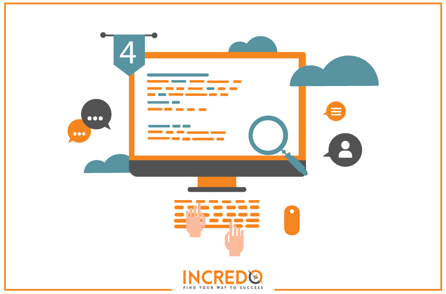
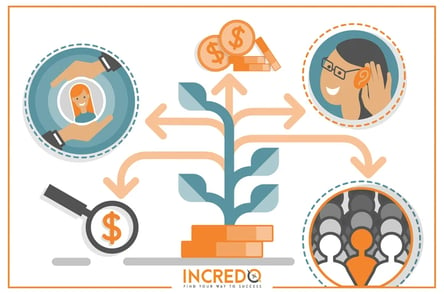

Comments